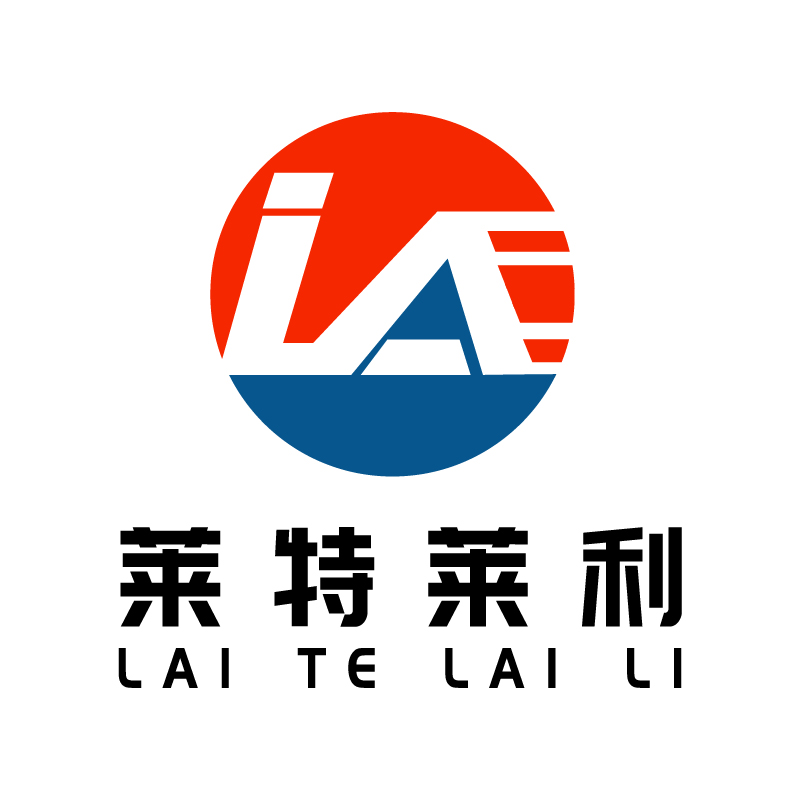What are the investment risks of enhancing the mixed base carbon belt industry?
The investment risks of enhancing the mixed base carbon belt industry mainly include the following aspects:
First, environmental risks
1.International economic environment risks: Fluctuations and uncertainties in the global economy may have an indirect impact on the mixed base carbon belt industry, such as exchange rate fluctuations, trade policy changes, etc.
2.Macroeconomic risk: The operation of the domestic macroeconomic economy directly affects the market demand and consumption capacity, and then affects the sales of the mixed base carbon belt industry.
3.Macroeconomic policy risk: The adjustment of the government's macro-control policies, such as monetary policy and fiscal policy, may have a significant impact on the investment environment of the mixed base carbon belt industry.
4.Regional economic change risk: the economic development status and market demand of different regions are different, and the regional economic changes may affect the sales and market prospects of the mixed base carbon belt in the region.
Second, industrial chain risks
1.Upstream raw material supply risks: Factors such as the stability of the supply of major raw materials in the mixed base carbon belt and price fluctuations may affect production costs and product quality.
2.Downstream market demand risk: Changes in downstream market demand directly affect the sales of the mixed base carbon belt, and insufficient market demand may lead to overcapacity and price decline.
3.Upstream and downstream of the industrial chain and related industry risks: the stability of the entire industrial chain and the development of related industries may have an impact on the mixed base carbon belt industry.
Third, policy risks
1.Risks of industry policy changes: Changes in the government's policy orientation and regulatory intensity of the mixed carbon belt industry may affect the competition pattern and development prospects of the industry.
2.Environmental protection policy risk: With the improvement of environmental protection awareness, environmental protection policies put forward higher requirements for the production process and product environmental performance of the mixed carbon belt industry, and enterprises need to increase environmental protection investment to meet the policy requirements.
Fourth, market risks
1.Market supply and demand risk: the imbalance of market supply and demand may lead to product price fluctuations and changes in the market competition pattern.
2.Price risk: Raw material price fluctuations, fierce market competition and other factors may lead to the instability of the price of mixed base carbon belt products.
3.Competition risk: The increase and strength of competitors in the industry may intensify market competition and affect the market share and profitability of enterprises.
Fifth, technical risks
1.Technological innovation risk: the speed of technological innovation in the mixed carbon belt industry is accelerating, and technological upgrading may make enterprises face the risk of technological backwardness and elimination.
2.Technology introduction and digestion risk: enterprises may face problems such as poor technical adaptability and difficulty in digestion and absorption when introducing foreign advanced technologies.
Sixth, financial risks
1.Fund operation risk: the fund operation status of an enterprise directly affects its investment ability and solvency, and improper fund operation may lead to increased financial risk.
2.Cost control risk: Poor cost control may lead to higher costs, lower profitability and even losses.
Seventh, business risks
1.Management risk: Poor internal management may lead to problems such as low operational efficiency and waste of resources.
2.Human resource risk: Problems such as brain drain and recruitment difficulties may affect the normal operation and development of the enterprise.
To sum up, enhancing the investment risk of the mixed base carbon belt industry involves many aspects, and investors and enterprises should pay close attention to market dynamics and policy changes, strengthen risk management and control, in order to reduce investment risks and improve investment returns.



